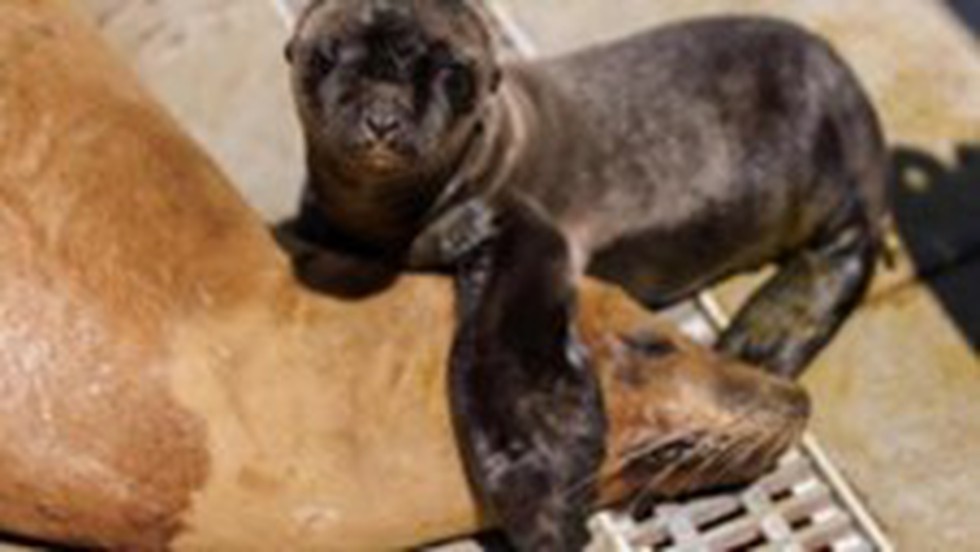
About Sealion:
- It is a marine mammal that belongs to the family Otariidae.
- These are known for their semi-aquatic lifestyle, spending a significant amount of time both on land and in the water.
- Appearance:
- They have a streamlined body with a large head and a long, flexible neck.
- They typically have a brown or tan coat, and adult males develop a thick mane of hair around their necks.
- Habitat:
- They inhabit rocky shorelines, islands, and sandy beaches.
- They can be found in various regions, including the Pacific Ocean, the Atlantic Ocean, and parts of the Indian Ocean.
- Diet: Sea lions are carnivorous and primarily feed on fish, such as herring, anchovies, sardines, and squid.
- Currently, there are six subspecies of sea lions: Australian sea lions, California sea lions, Galapagos sea lions, New Zealand sea lions, South American sea lions, and Steller sea lions.
What is an algal bloom?
- It is a rapid and excessive growth of algae in aquatic environments.
- It can occur in both freshwater and marine ecosystems and is typically caused by a combination of factors such as nutrient availability, temperature, light, and water conditions.
- It causes the production of a neurotoxin called domoic acid.
- These can also proliferate because of human causes such as climate change and an excess of nitrates washed out to sea.
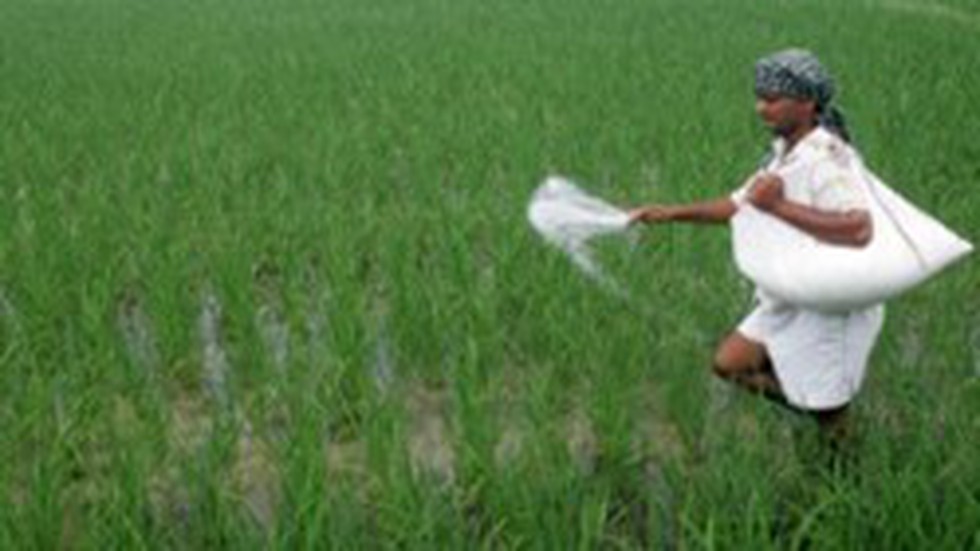
About the PM-PRANAM scheme:
- It aims to reduce the use of chemical fertilisers by incentivising the state.
- Under the scheme, the states which will adopt alternative fertilisers will be incentivised with the subsidy that is saved by reducing the use of chemical fertilisers.
- The main objective of the scheme is to encourage the balanced use of fertilisers in conjunction with bio fertilisers and organic fertilisers.
- Funding mechanism:
- It will not have a separate budget.
- It will be financed by the savings of existing fertiliser subsidies under schemes.
- Half of the subsidy savings will be passed on to the state that saves the money as a grant.
- Out of this grant, 70% can be used to create assets related to the technological adoption of alternate fertilisers and alternate fertiliser production units at the village block, and district levels.
- The remaining 30% of grant money can be used to reward and encourage farmers, panchayats, and other stakeholders involved in fertiliser reduction and awareness generation.
- The government will evaluate the utilisation of fertilisers in terms of increase or decrease in overall consumption in a year vis-a-vis consumption over the past three years.
- The Integrated Fertilisers Management System (iFMS) is the platform envisaged to track the use of fertilisers.

About Zero FIR:
- What is it? It refers to an FIR that is registered irrespective of the area where the offence is committed.
- The police, in such a case, can no longer claim that they have no jurisdiction.
- Such an FIR is then later transferred to the police station that has the actual jurisdiction so that the investigation can begin.
- It was introduced on the recommendation of the Justice Verma Committee formed at the backdrop of the brutal Nirbhaya gang rape in Delhi in 2012.
- This puts a legal obligation on the police to begin an investigation and take quick action without the excuse of the absence of jurisdiction.
What is a first information report (FIR)?
- It is the information given to a police officer in writing as per the provisions of Section 154 of the Code of Criminal Procedure (CrPC).
- From the point of view of an informant, the main purpose of an FIR is to set criminal law into motion.
- While for the police, the main purpose of an FIR is to obtain information about alleged criminal activity and take necessary steps to produce the perpetrator(s) before a court.
The objective of a Zero FIR
- To avoid delay and any other kind of disruptions.
- To make police bound to take the jurisdiction.
- Timely jurisdiction is to be taken immediately after the registration of the FIR.
- To make sure that the investigation is done properly.
- To enable the case to proceed fast.

About Global Environment Facility (GEF):
- It was established on the eve of the 1992 Rio Earth Summit of UNFCC to help tackle our planet’s most pressing environmental problems.
- It is a family of funds dedicated to confronting biodiversity loss, climate change, pollution, and strains on land and ocean health.
- It provides financial assistance for five major international environmental conventions:
- The Minamata Convention on Mercury.
- The Stockholm Convention on Persistent Organic Pollutants (POPs).
- The United Nations Convention on Biological Diversity (UNCBD)
- The United Nations Convention to Combat Desertification (UNCCD).
- The United Nations Framework Convention on Climate Change (UNFCCC).
- It has 184 member countries, including India.
- The governing council is the main governing body of GEF which comprises 32 members appointed by constituencies of GEF member countries (14 from developed countries, 16 from developing countries, and two from economies in transition).
- Its secretariat is based in Washington, D.C.
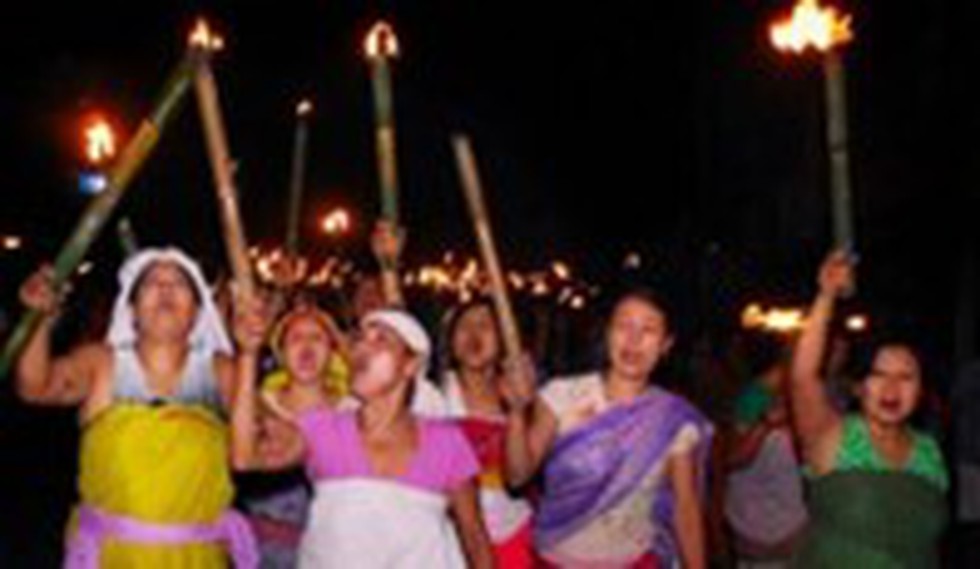
About Meira Paibis:
- Who are they? The most visible organised face of civil society activists have been the Meira Paibis or “women torch bearers”, so called because of the flaming torches that they hold aloft while marching in the streets, often at night.
- They, also known as Imas or Mothers of Manipur, are Meitei women who come from all sections of society in Manipur.
- Members of this group are widely respected and represent a powerful moral force.
- The Meira Paibis are loosely organised, usually led by groups of senior women, but have no rigid hierarchy or structure or any overt political leanings.
What social role does the Meira Paibis play?
- The Meira Paibi was formed in 1977; presently, it is one of the largest grassroots movements in the world.
- Its initial focus on fighting alcoholism and drug abuse has now expanded to countering human rights violations and the development of society at large.

About Public Issue of shares:
- When a company raises funds by selling or issuing its equity shares to the public through an offer document, it is called a public issue.
- Initial Public Offerings (IPO): IPO is a type of issue where an unlisted company raises capital by making a fresh issue of securities or offering its existing securities for sale to the public for the first time.
- Further Public Offer (FPO) / Follow-on Public Offer (FPO): When a listed company wants additional capital, it makes either a fresh issue of securities or an offer for sale of existing securities to the public it is called a Follow-on Public Offer (FPO).
- Offer for Sale (OFS):
- Institutional investors like venture funds, private equity funds etc., invest in a company at its nascent stage.
- Once the company grows bigger, these investors sell their shares to the public through the issue of an offer document and subsequently, shares get listed on the stock exchange.
- Offer for sale (OFS) is also a special mechanism through which the promoters can sell their stake in the market.
- Only promoters or shareholders holding more than 10% of the share capital in a company can come up with such an issue.
- Both retail and institutional investors can invest in an OFS and buy shares of the Company.
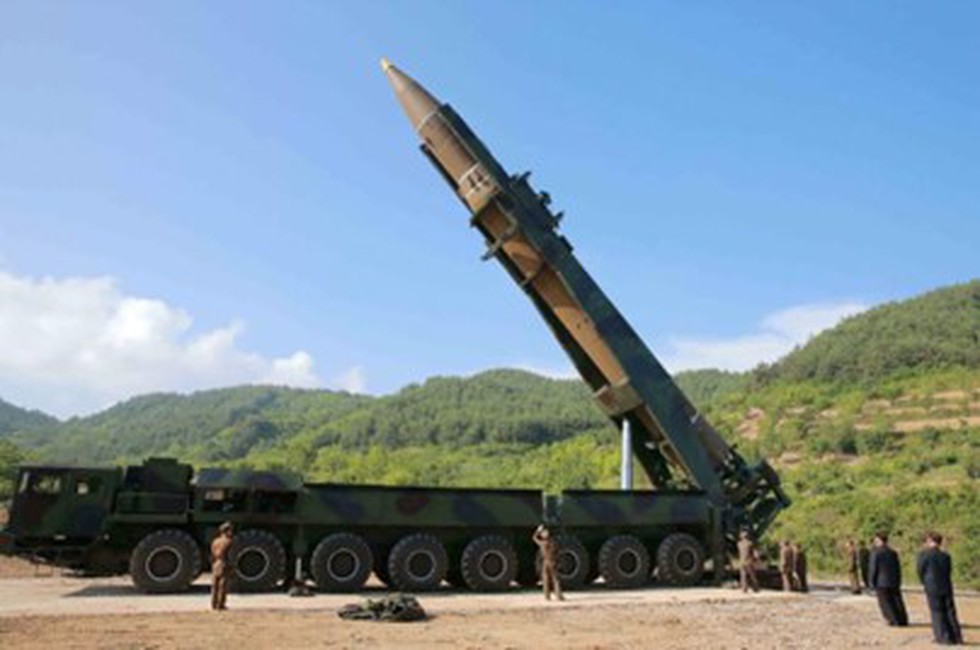
About State of Armaments, Disarmament and International Security:
- It is an annual assessment of the Sweden-based think tank Stockholm International Peace Research Institute (SIPRI).
- Highlights:
- As on January 2023, the world has 9,576 nuclear weapons in military stockpiles for potential use.
- That is 86 more than the number in January 2022.
- Of this stockpile, an estimated 3,844 warheads were ‘deployed’ with missiles and aircraft.
- Around 2,000 of these ‘deployed’ weapons — nearly all of which belonged to Russia or the USA—were kept in a state of high operational alert, meaning that they were fitted to missiles or held at airbases hosting nuclear bombers.
- Nine nuclear-armed states — the United States, Russia, the United Kingdom, France, China, India, Pakistan, North Korea and Israel — continue to modernise their nuclear arsenals and have deployed several new nuclear-armed or nuclear-capable weapon systems in 2022.
- The estimate of the size of China’s nuclear arsenal increased from 350 warheads in January 2022 to 410 in January 2023.
- India was estimated to have a growing stockpile of about 164 nuclear weapons, up from 160 the previous year. These weapons were assigned to a maturing nuclear triad of aircraft, land-based missiles and nuclear-powered ballistic missile submarines (SSBNs).
- Pakistan possessed approximately 170 nuclear warheads as of January 2023 — up from 165 from the previous year.
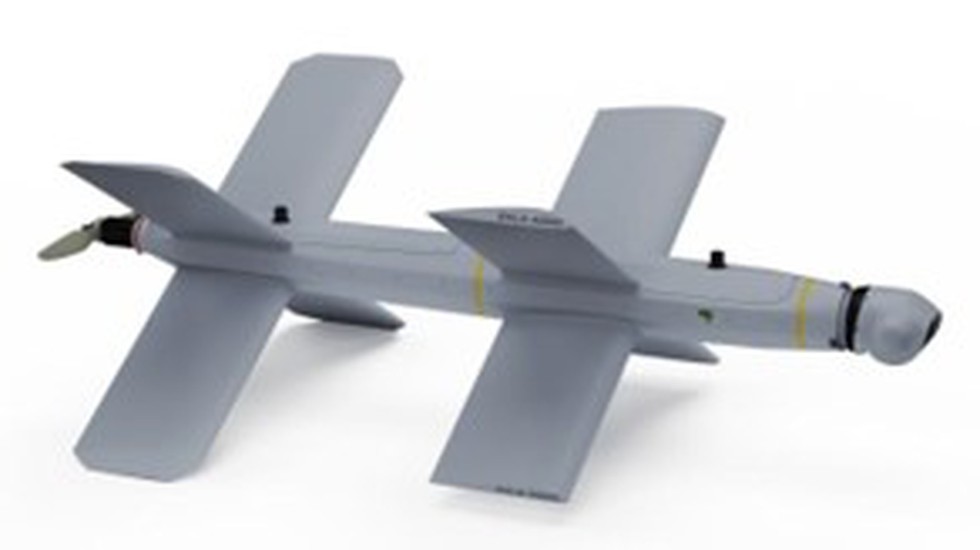
About Lancet Drone:
- It is a high-precision kamikaze drone operated by the Russian Army to strike remote ground and sea targets.
- It is developed and manufactured by Russian defence company Zala Aero, a subsidiary of Kalashnikov Group.
- Features:
- They are recognisable by their distinct X-shaped wings, which are attached to an elongated fuselage and detachable camera-guidance head/nose.
- Powered by an electric motor unit, the drone can travel at a speed between 80km/h and 130km/h.
- It has a maximum range of 40 kilometres and can carry out a precision strike autonomously.
- It can carry a maximum payload of up to 3kg of sensors and explosive warheads.
- It can stay in the air for 30 minutes and hit targets at a range of up to approximately 40km.
- It has been designed to provide real-time video and imagery to the control station.
- It incorporates artificial intelligence visual identification (AIVI) technology for real-time recognition and classification of targets.
What is a kamikaze drone?
- A kamikaze drone, also called a suicide drone or, more formally, a loitering munition, is an unmanned aerial vehicle that is designed to self-destruct after serving its purpose.
- The name “loitering” derives from a defining characteristic: the ability to “loiter” in the air for an extended period of time before striking, giving the targeter time to decide when and what to strike.

About Critical Minerals:
- It is a metallic or non-metallic element that has two characteristics.
- It is essential for the functioning of our modern technologies, economies or national security and
- There is a risk that its supply chains could be disrupted.
- The 'criticality' of minerals changes with time as supply and society's needs shift.
- Applications:
- They are used to manufacture advanced technologies, including mobile phones, computers, fibre-optic cables, semiconductors, banknotes, and defence, aerospace and medical applications.
- Many are used in low-emission technologies, such as electric vehicles, wind turbines, solar panels, and rechargeable batteries.
- Some are also crucial for common products, such as stainless steel and electronics.
- Examples: antimony, beryllium, bismuth, cobalt, copper, gallium, germanium, lithium, vanadium etc.
- Top Producers: Chile, Indonesia, Congo, China, Australia and South Africa.
What is the Mineral Security Partnership?
- It is an ambitious new initiative to bolster critical mineral supply chains, announced by the United States (US) and key partner countries in June 2022.
- The goal of the alliance is to ensure that critical minerals are produced, processed, and recycled in a manner that supports the ability of countries to realise the full economic development benefit of their geological endowments.
- The focus of the grouping would be on the supply chains of minerals such as Cobalt, Nickel, Lithium and also the 17 “rare earth” minerals.
- India was recently inducted into the Mineral Security Partnership (MSP).
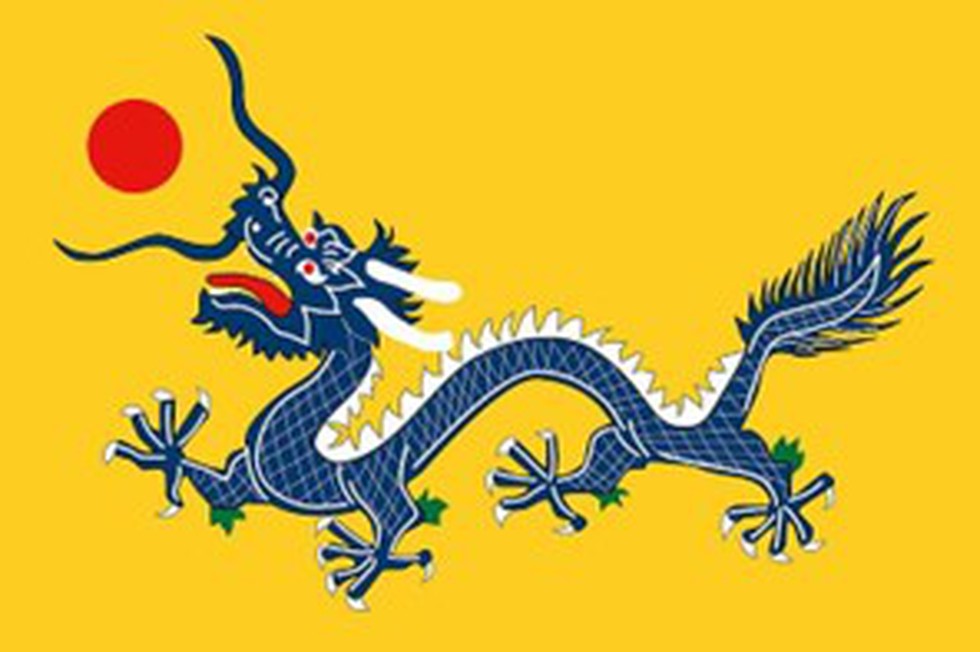
About Qing Dynasty:
- The Qing Dynasty, or Ch’ing Dynasty, or Manchu Dynasty, was the final imperial dynasty in China, lasting from 1644 to 1912.
- It was preceded by the Han-led Ming Dynasty (1368–1644) and followed by the Republic of China era (1912–1949).
- Under the Qing, the empire's territory grew to treble its size under the preceding Ming dynasty (1368–1644).
- The Qing Dynasty annexed Mongolia, Northeast China, Xinjiang, Tibet, and Taiwan, establishing a territory larger than that of today's China — the largest China has ever been.
- History:
- In the early 1600s, the Manchu people of northern China began to unite against the Ming Dynasty.
- They formed a somewhat military society and mobilised a large army.
- In 1644, the Manchus crossed the Great Wall and invaded China.
- They soon took control of the Chinese capital city, Beijing, and declared the beginning of a new dynasty called the Qing.
- The first Qing Emperor was a five-year-old boy who became the Shunzhi Emperor.
- The Manchus continued to expand and conquer more of China.
- In 1683, under the Kangxi Emperor, the Qing Empire included all of China.
- Features:
- Model of Government: The Manchu rulers modelled many of their government practices on those of the previous Chinese Ming dynasty (1368–1644). For example, they employed a civil service examination system, much like in previous Chinese dynasties, to recruit Chinese government officials.
- Cultural attitudes were strongly conservative.
- Art: The arts flourished: literati painting was popular, novels in the vernacular developed substantially, and Jingxi (Peking opera) developed.
- Trade: Qing porcelain, textiles, tea, paper, sugar, and steel were exported to all parts of the world.
- How did it end?
- Military campaigns in the latter part of the 18th century depleted government finances, and corruption grew.
- These conditions, combined with population pressures and natural disasters, led to the Opium Wars and the Taiping and Nian rebellions, which in turn so weakened the dynasty that it was unable to rebuff the demands of foreign powers.
- The dynasty ended with the republican revolution of 1911 and the abdication of the last emperor in 1912.


.png)
.png)
.png)
























































































































































.png)
.png)
.png)
.png)
.png)


.png)
.png)
.png)





.png)
.png)






.png)
.png)
.png)
.png)
.png)
.png)
.png)
.png)
.png)

.png)







.png)
.png)


.png)
.png)
.png)


.png)

.png)
.png)





.jpg)

.png)
.png)


.png)

.png)
.png)
.png)

.jpg)

.jpg)


.png)

.png)
.png)
.png)
.png)
.png)
.png)
.png)
.png)
.png)
.png)




.png)

.png)





.png)
.png)
.png)
.png)
.png)
.png)
.png)
.png)
.png)
.jpg)
.jpg)

.png)
.png)
.png)
.png)
.png)
.png)
.png)
.png)
.png)
.png)
.png)
.png)
.png)
.png)
.png)
.png)
.png)
.png)
.png)
.png)



.png)
.png)

.jpg)
.jpg)


.jpg)
.jpg)
.jpg)
.jpg)
.jpg)

.jpg)








.jpg)
.jpg)
.jpg)
.jpg)
.jpg)

















.jpg)
.jpg)







.jpg)


















.jpg)
.jpg)






























































































.jpg)
.jpg)


























.jpg)

.jpg)










.jpg)








.jpg)




.jpg)










.jpg)


















.jpg)












































.jpg)














.jpg)
.jpg)
.jpg)





.jpg)

.jpg)
.jpg)





































































.jpg)


































.jpg)
.jpg)
















































.jpg)












.jpg)


.jpg)




.jpg)
.jpg)
.jpg)

.jpg)
.jpg)
.jpg)
.jpg)

.jpg)
.jpg)
.jpg)

.jpg)
.jpg)
.jpg)
.jpg)
.jpg)
.jpg)
.jpg)
.jpg)

.jpg)


.jpg)
.jpg)
.jpg)
.jpg)
.jpg)
.jpg)
.jpg)
.jpg)
.jpg)
.jpg)











.jpg)
.jpg)





.jpg)
.jpg)
.jpg)
























.jpg)
























.jpg)









.jpg)
.jpg)







.jpg)
.jpg)









































.jpg)
.jpg)
.jpg)
.jpg)
.jpg)

.jpg)
.jpg)
.jpg)
.jpg)
.jpg)


.jpg)
.jpg)
.jpg)
.jpg)
.jpg)

.jpg)
.jpg)
.jpg)
.jpg)
.jpg)
.jpg)
.jpg)
.jpg)
.jpg)
.jpg)
.png)

.png)
.png)

.png)
.png)
.png)
.png)


.jpg)
.jpg)

.jpg)
.jpg)
.jpg)

.png)
.png)
.png)
.png)
.png)
.png)
.png)

.png)
.png)
.png)
.png)
.png)
.png)
.png)
.png)
.png)
.png)





































































-min.png)



.png)




.png)








































